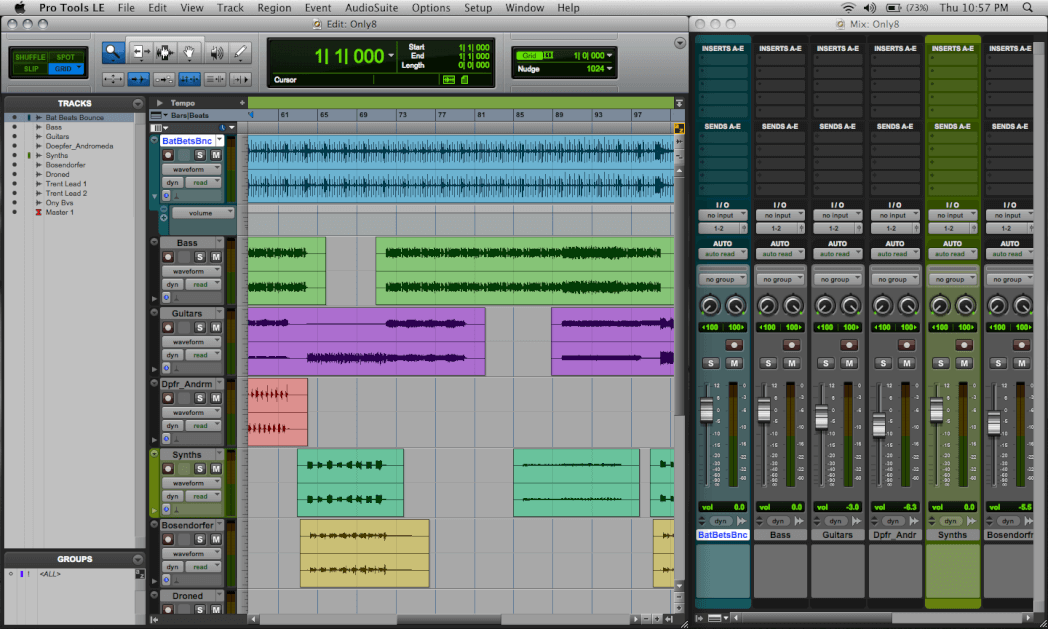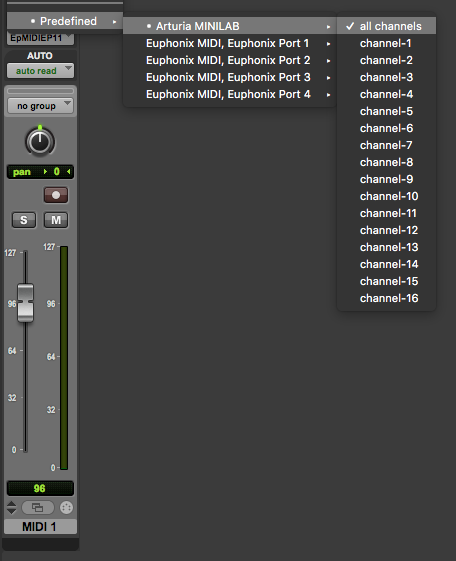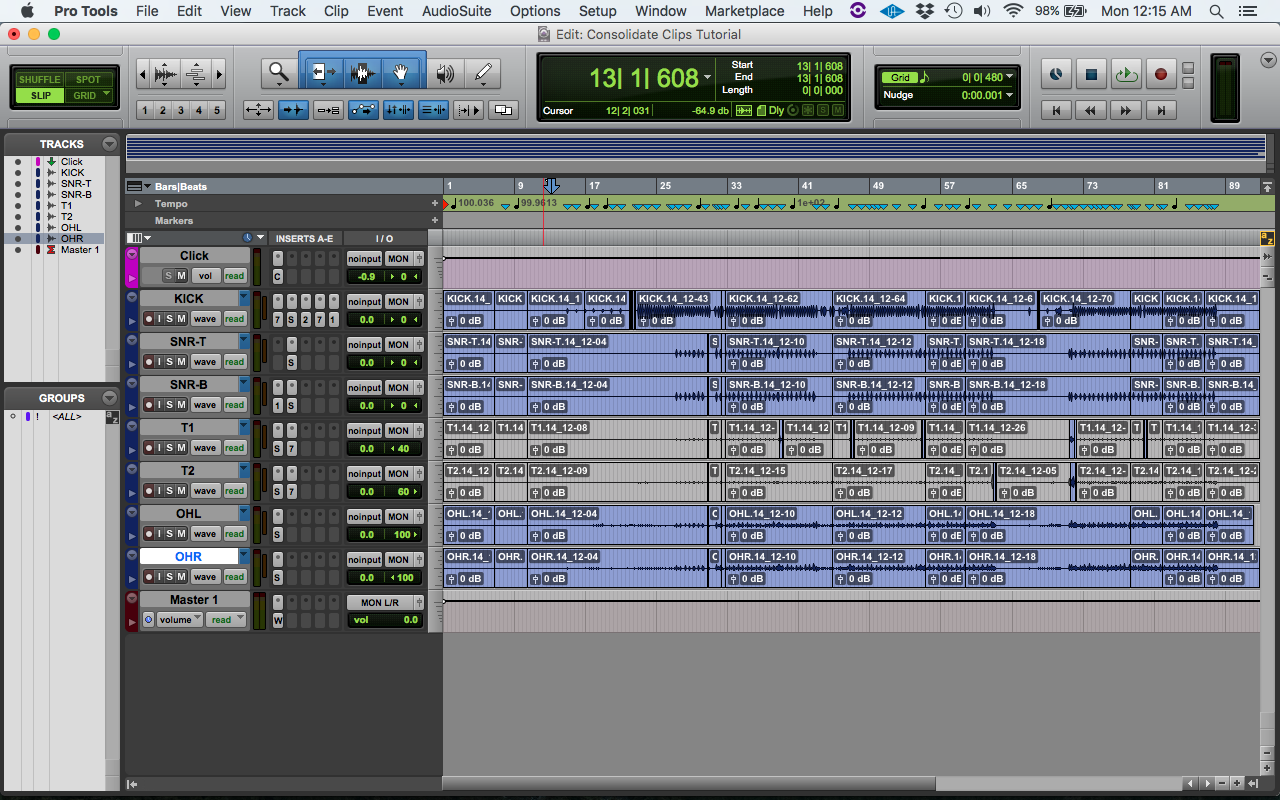

Once you have all of your tracks named properly, try color-coding them based on which group they fall into. To enable track comments in the mix and/or edit windows, select them in the View menu. If you do have relevant track information that you’d like to keep handy-for instance, what mic was used, what preamp, what position, etc.-you can leave notes in the track comments section. To speed up the naming process, simply push Command + right arrow to tab to the clip name editor for the adjacent track. Simply double-click on the track name to rename it something more legible, like "Kick" or "Kick In."

"D112 Take.04-Dup2" isn’t exactly helpful when trying to find the kick drum. Start by renaming the tracks so that they make sense to you. Everyone has their own way of doing things, but many engineers follow something similar to this format: Start by grouping similar instruments together. Get Your Instruments OrganizedĪfter all of the files are imported to the session, it’s time to get organized. After finding the right file, simply drag it from the Workspace Browser into the edit window or clips list, and continue browsing. When browsing, you can even audition files before importing them. If you don’t know where the file you’re looking for is located, the Workspace Browser features a built-in search engine. You’ll have to navigate through the standard folder hierarchy, which prevents you from selecting files from multiple locations at once. To do this, simply select File > Import and choose to import Audio, MIDI, or Video files. You should already be using session templates, but you may still find the need to import additional tracks into your session. Let’s assume that you already have a solid understanding of the basics of Pro Tools. Today, we’re going to explore a few of them. Thankfully, Pro Tools provides a number of useful shortcuts that can help you manage your sessions without the extra stress. Still, it can be overwhelming trying to manage all of the tools for recording, editing, mixing, and mastering without any help. In those days, it took a village to make a record, whereas today, many engineers work entirely by themselves. Detailed track sheets were kept with every reel of tape, and interns kept recall sheets with extensive notes in case a mix needed to be revised.

Each channel on the console was labelled using tape. Before computers were commonly seen in recording studios, engineers managed their sessions with a pen.


 0 kommentar(er)
0 kommentar(er)
